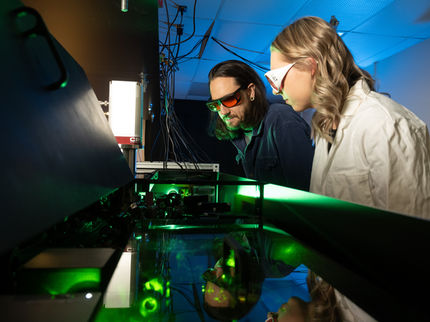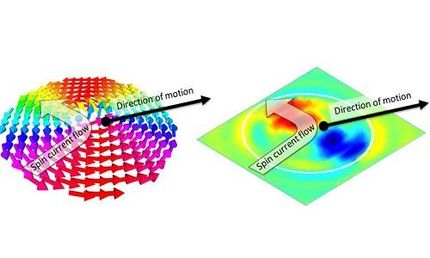New nanoparticles make solar cells cheaper to manufacture
Advertisement
University of Alberta researchers have found that abundant materials in the Earth's crust can be used to make inexpensive and easily manufactured nanoparticle-based solar cells.
The U of A discovery, several years in the making, is an important step forward in making solar power more accessible to parts of the world that are off the traditional electricity grid or face high power costs, such as the Canadian North, said researcher Jillian Buriak, a chemistry professor and senior research officer of the National Institute for Nanotechnology, based on the U of A campus.
Buriak and her team have designed nanoparticles that absorb light and conduct electricity from two very common elements: phosphorus and zinc. Both materials are more plentiful than scarce materials such as cadmium and free from manufacturing restrictions imposed on lead-based nanoparticles.
"Half the world already lives off the grid, and with demand for electrical power expected to double by the year 2050, it is important that renewable energy sources like solar power are made more affordable by lowering the costs of manufacturing," Buriak said.
Her team's research supports a promising approach of making solar cells cheaply using mass manufacturing methods like roll-to-roll printing (as with newspaper presses) or spray-coating (similar to automotive painting). "Nanoparticle-based 'inks' could be used to literally paint or print solar cells or precise compositions," Buriak said.
The team was able to develop a synthetic method to make zinc phosphide nanoparticles and demonstrated that the particles can be dissolved to form an ink and processed to make thin films that are responsive to light.
Buriak and her team are now experimenting with the nanoparticles, spray-coating them onto large solar cells to test their efficiency. The team has applied for a provisional patent and has secured funding to enable the next step to scale-up manufacture.
The research is published in ACS Nano.
Most read news
Topics
Organizations
Other news from the department science

Get the chemical industry in your inbox
By submitting this form you agree that LUMITOS AG will send you the newsletter(s) selected above by email. Your data will not be passed on to third parties. Your data will be stored and processed in accordance with our data protection regulations. LUMITOS may contact you by email for the purpose of advertising or market and opinion surveys. You can revoke your consent at any time without giving reasons to LUMITOS AG, Ernst-Augustin-Str. 2, 12489 Berlin, Germany or by e-mail at revoke@lumitos.com with effect for the future. In addition, each email contains a link to unsubscribe from the corresponding newsletter.































































